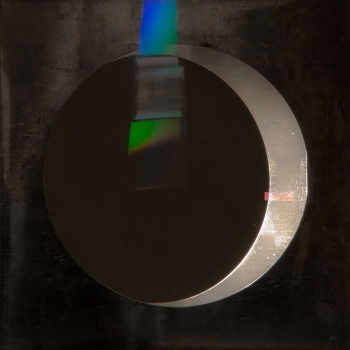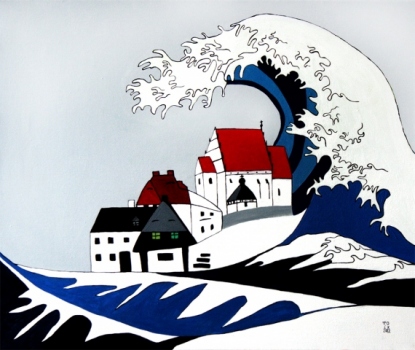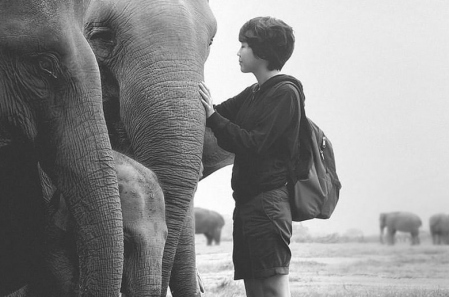A magical city created for adventure. Picturebook by Tytus Brzozowski
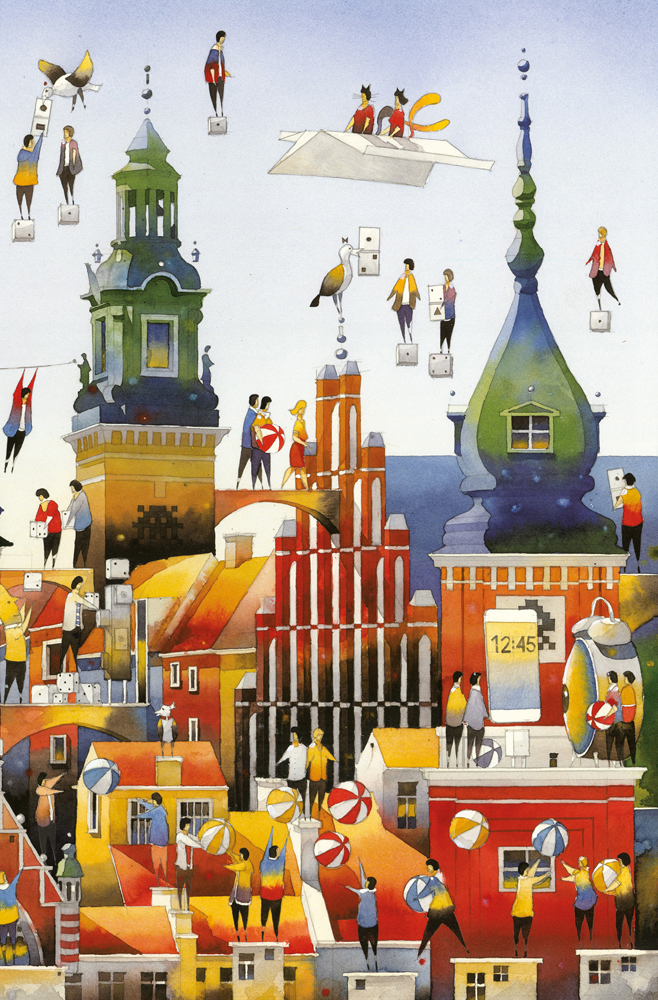
In “Citynauts” (Miastonauci) - a picture book dedicated to children - artist Tytus Brzozowski creates unusual urban worlds. He comments on both the residential suburbs as well as the downtown area. Working skillfully in watercolor he captures a unique portrait of the atmosphere of the city and the people living in it. Buildings flying over green islands, balloons carrying enormous capes over the city, or red trams departing out of historic tenement houses - these are just some of the things we'll find in his stories.
In your paintings you consistently explore urban themes, showing the city as a unique and enchanted
How did the illustrations for the book come into being?
In the paintings I made for this book, I assumed there should be more happening than usual. I wanted to
have a lot of characters, lots of events that you have to look closely to see, and plenty of different topics.
The motto we agreed with the publisher was, "This isn’t everyday life." - The book was to be surprising and
curious. Each page shows something unusual - buildings flying on green islands against the background of
lush cumulus clouds, balloons carrying huge teapots over the city, townhouses floating on long, slender legs.
On each pages the stories of different characters are interwoven for readers to follow. Between the heroes
there is interaction - their paths cross - and thanks to the accumulation of different characters, the book can
be viewed many times in a multitude of ways. This is a story about the quest to find the main characters here.
On each page I also hid various small treasures that need to befound and accurately counted - these are
mathematical puzzles.
You tell the story about the city and its inhabitants. What is their relationship?
It seems that in "Miastonauci" the main role belongs both to the heroes and to the city itself, which in its own
What do the main characters in the book do?
In the story the two main characters are on a quest. My first thought was based on the idea of wanting to tell
someone something important, but that person does not see you. This may happen at the subway station or
at a busy intersection. In the "Miastonauci", main character, along with his penguin companion, try to find
a mysterious girl. They wander through fantastic lands, talking with people they bump into along the way.
These people represent the ordinary life of the city. In the world of "Miastonauci" everyday issues become
mini-adventures. Someone has to deliver an important message, someone helps out, another hero dreams
of flying. The book is a story of cooperation, mutual help, community building and urban relations.
You are inspired by Warsaw, which you devote much attention to in your work. However, the town
of "Miastonauci" is special, because, like a jigsaw puzzle, it contains architecture from other cities.
My main theme is Warsaw, and in my art work I comment on its history, looking for the character and locality
of this interesting butconfused place. In the book I used the architectural symbols of many Polish cities, wanting
to build a more universal world. It seems like it would be very nice to find the same interesting building in your
favorite book as you saw on a walk with your parents. In most cases, I use recognizable landmarks like St. Mary's Basilica
in Gdansk, Wawel Cathedral or the Royal Castle in Warsaw. The book contains buildings representing eight Polish cities.
It seems to me that this approach helps build good relationships, it is not negative, and in addition it carries a didactic
theme. On the website "Miastonauci" you will be able to find additional information about all the significant buildings
appearing in the book.
What made you decide to incorporate these elements into the city's structure?
I was referring to important and recognizable buildings that are clearly associated with a particular city. Most of them
are symbols that have existed for hundreds of years. Wrocław is represented by the steep tower of the Church of
St Elizabeth standing on the market square, Poznań - Ostrów Tumski cathedral, one of the oldest Polish churches
connected with the beginnings of our statehood. There are many buildings in Warsaw that are closes to me and
I know best. Both of the book’s covers are decorated with fragments of the PoniatowskiBridge, which is very distinctive,
although the symbolism is less obvious. On the last page of the book there are two characteristic objects of the past.
After crossing the non-existent Warsaw Porsche viaduct, the AM36 high-speed locomotive passes
by the Paris Motor Show in 1937.
|
MOST READ
Roksana Kularska Krol tells Lumarte about the incredible events in Kazimierz Dolny, Queens of the Night, matriarchy, and other things which help shape her work.
-
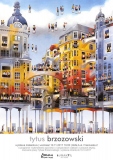
2017-11-10Exhibition of paintings by Tytus Brzozowski 2017.
Architect and watercolorist Tytus Brzozowski takes his home city of Warsaw as is his inspiration and driving force. The artist plays with elements...
-
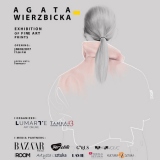
2017-01-24● Agata Wierzbicka ● exhibition
Agata Wierzbicka is a multidisciplinary artist working on the border of illustration, design and art. She graduated from the Faculty of...
-
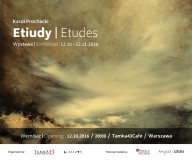
2016-10-14Etudes. Karol Prochacki’s art exhibition
In his new painting series, Karol Prochacki tirelessly and consistently explores the pictorial form. The fascination with colour, pouring stain and...
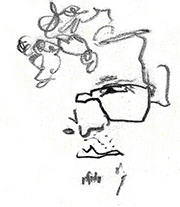
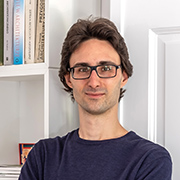
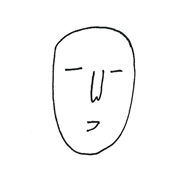
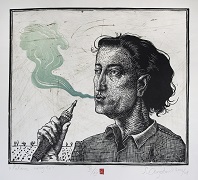
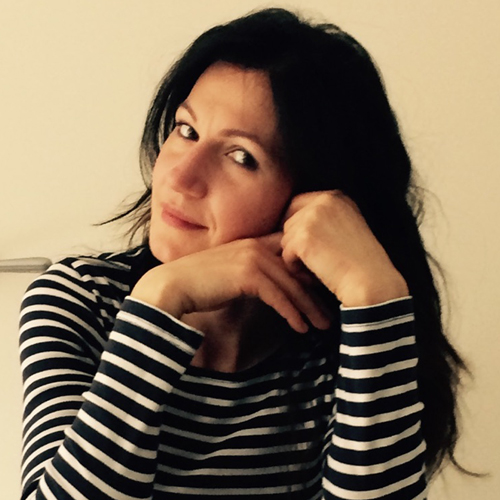
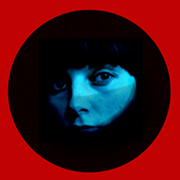
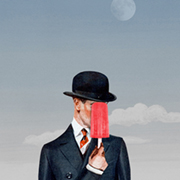
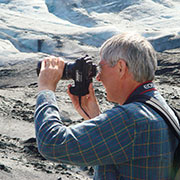

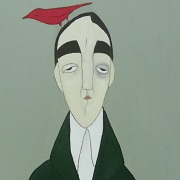
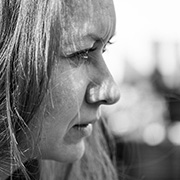
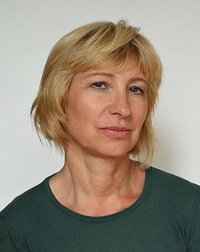
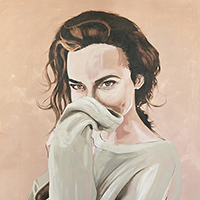
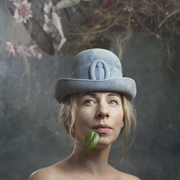
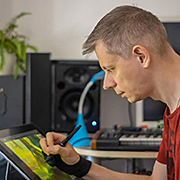


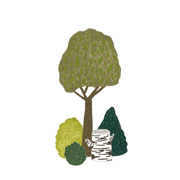

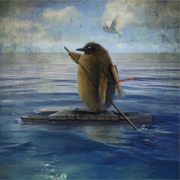


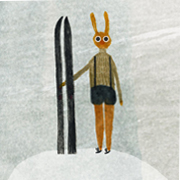
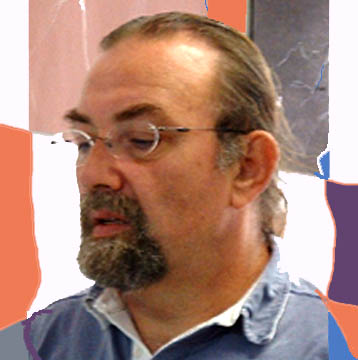
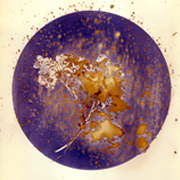
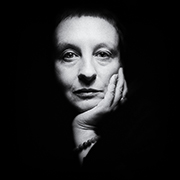
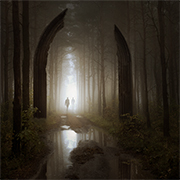
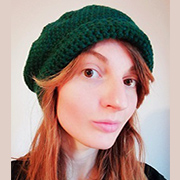

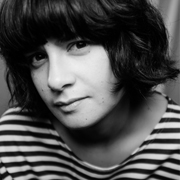
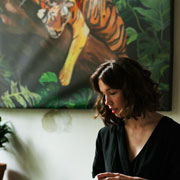


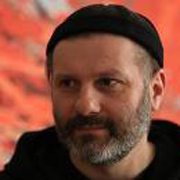

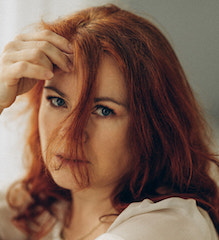

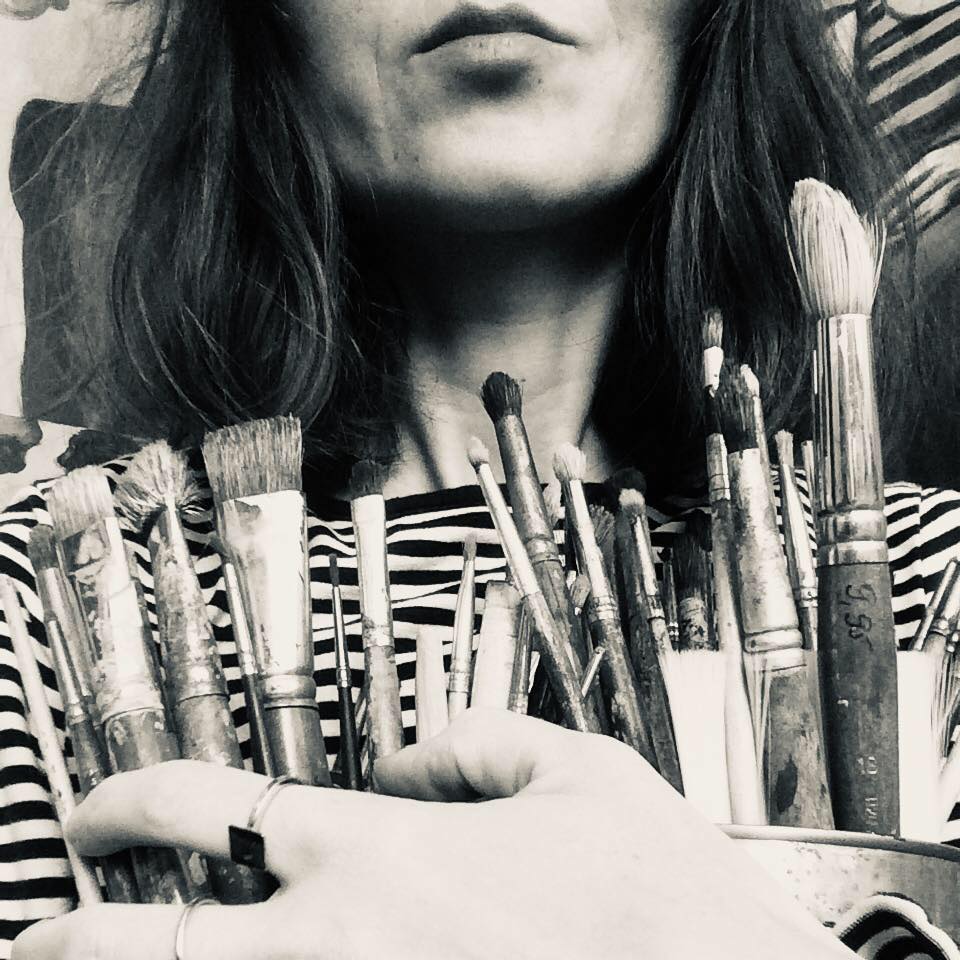
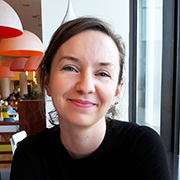
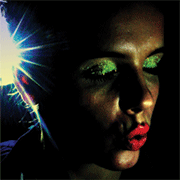
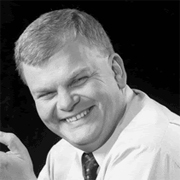
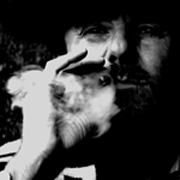
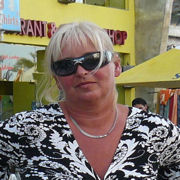
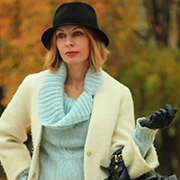
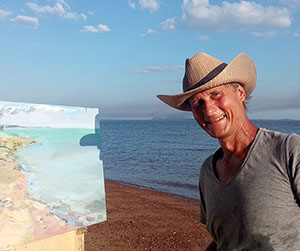
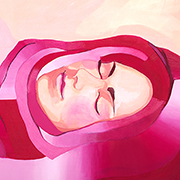

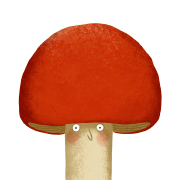
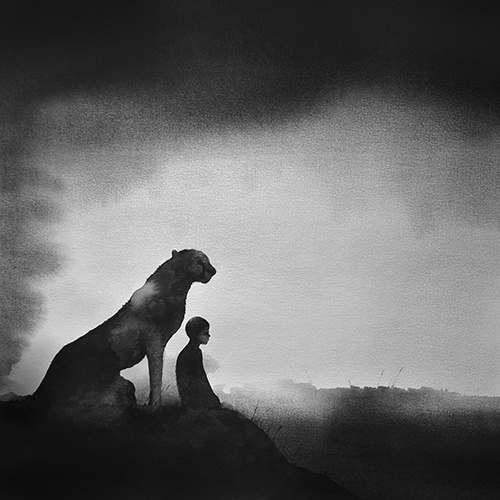
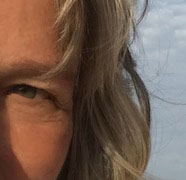
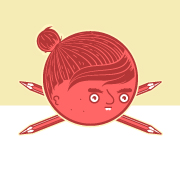
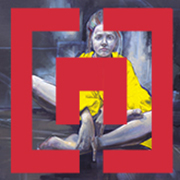

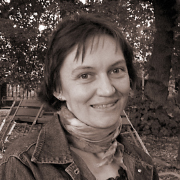

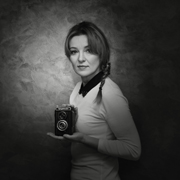

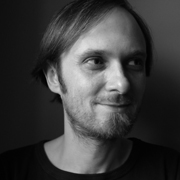


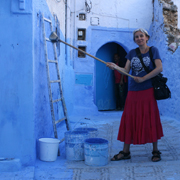
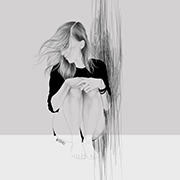
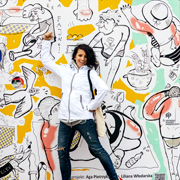
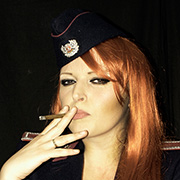
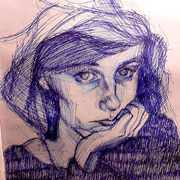

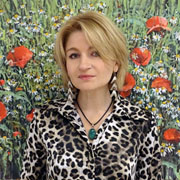
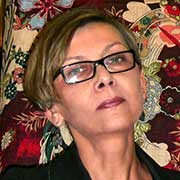

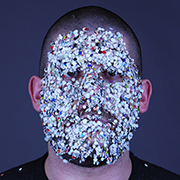
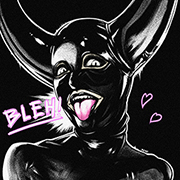
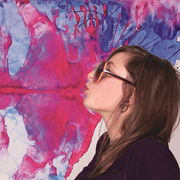
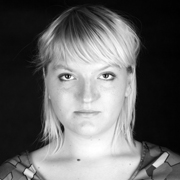
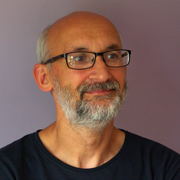
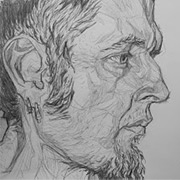
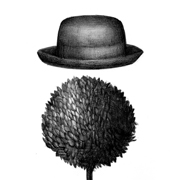
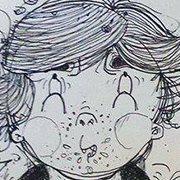
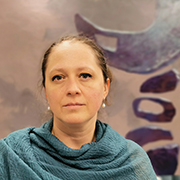
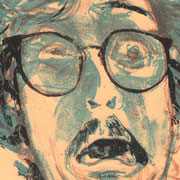
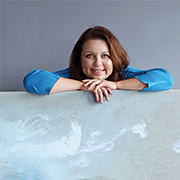
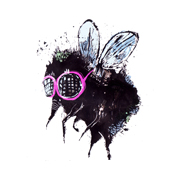
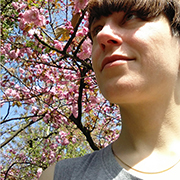
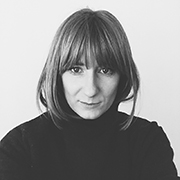
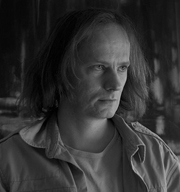
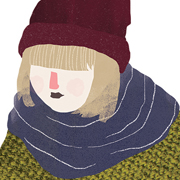
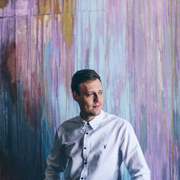

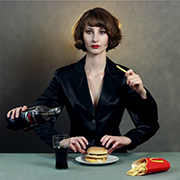
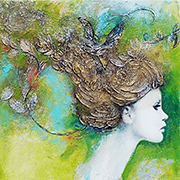
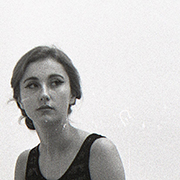

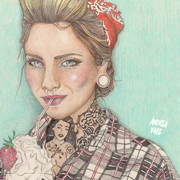
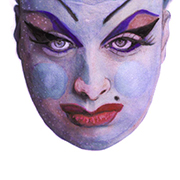
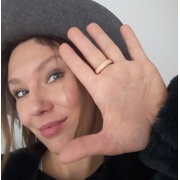
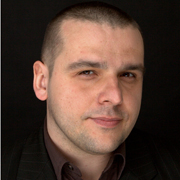

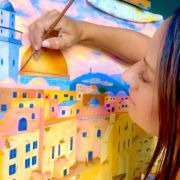
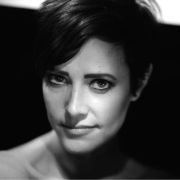
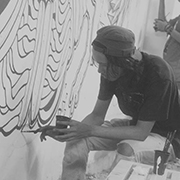
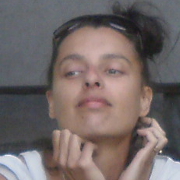
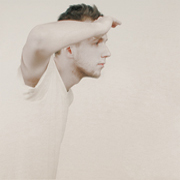

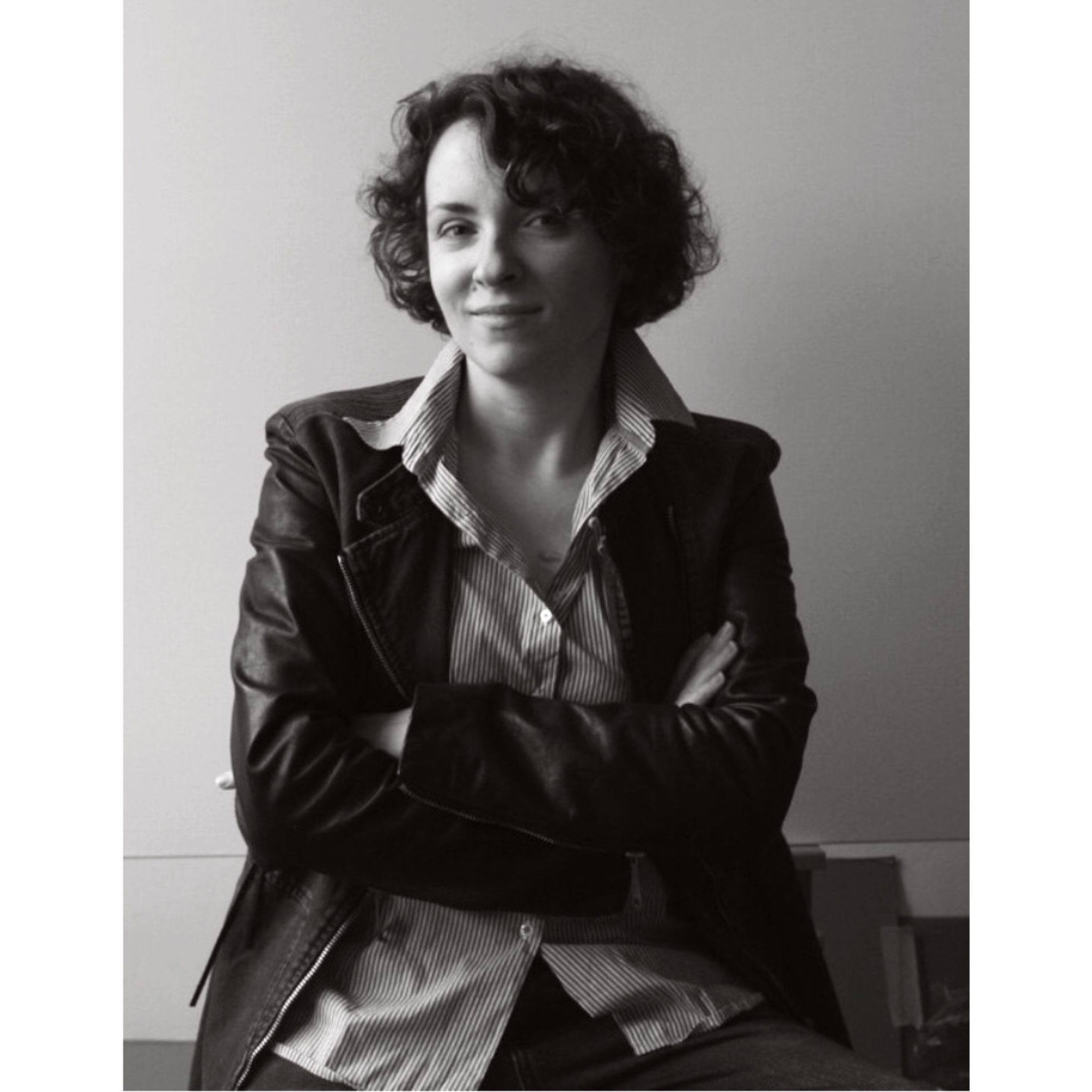
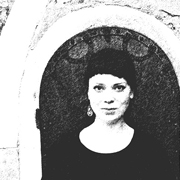

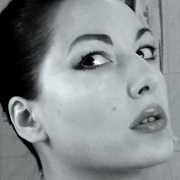
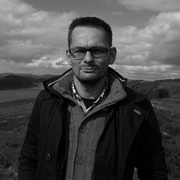
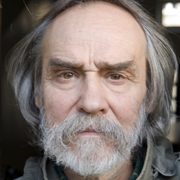
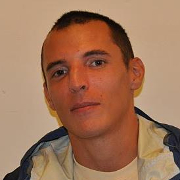

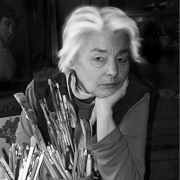
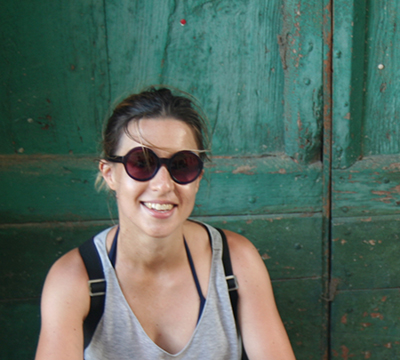
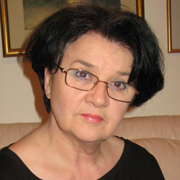
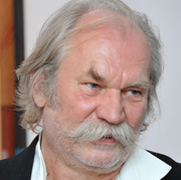

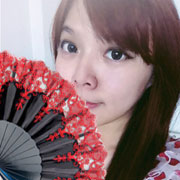
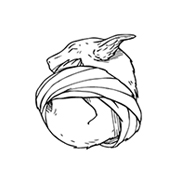
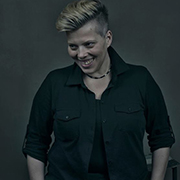

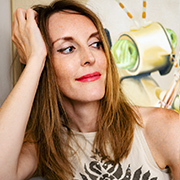
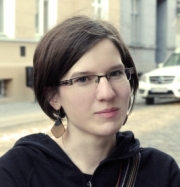
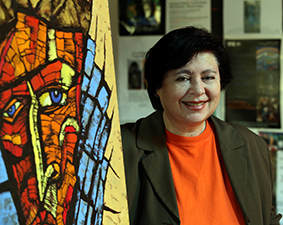
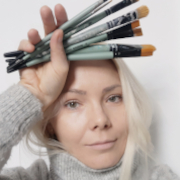
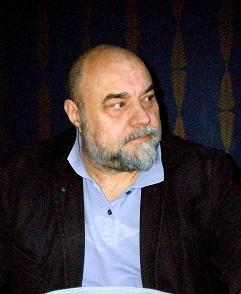
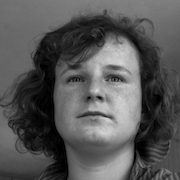
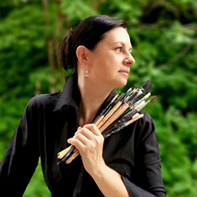
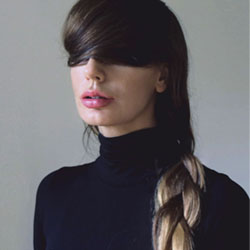
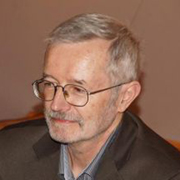
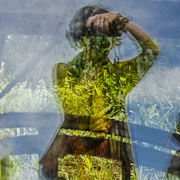


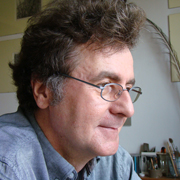
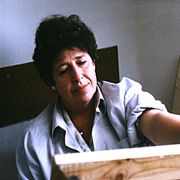
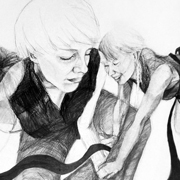
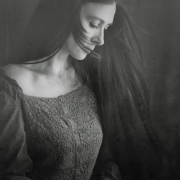
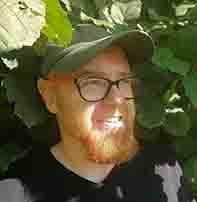
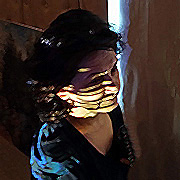
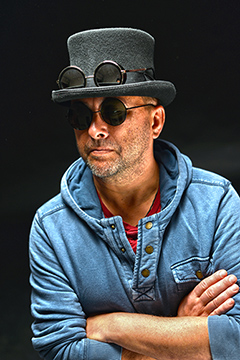
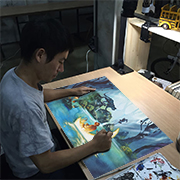
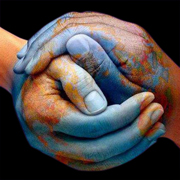


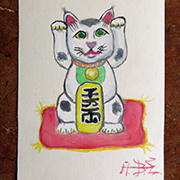
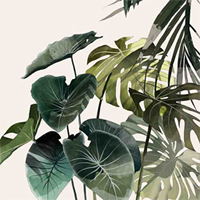

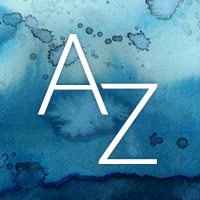
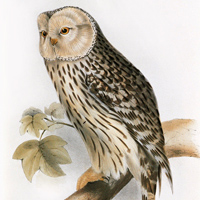
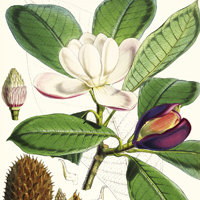
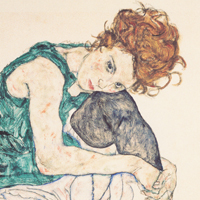
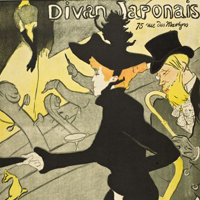
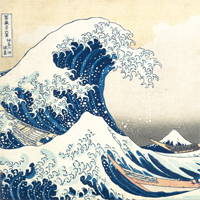
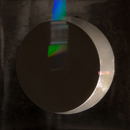
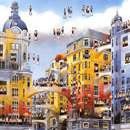
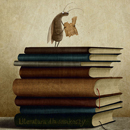

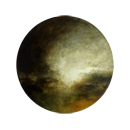
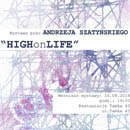
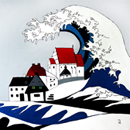
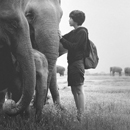
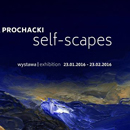
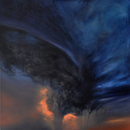
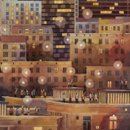

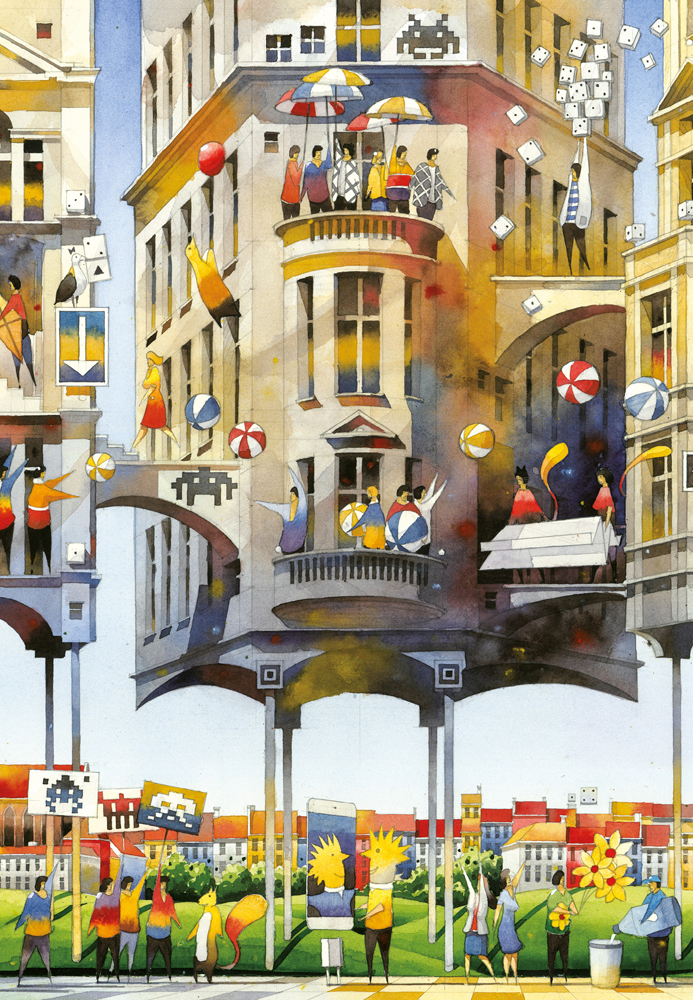
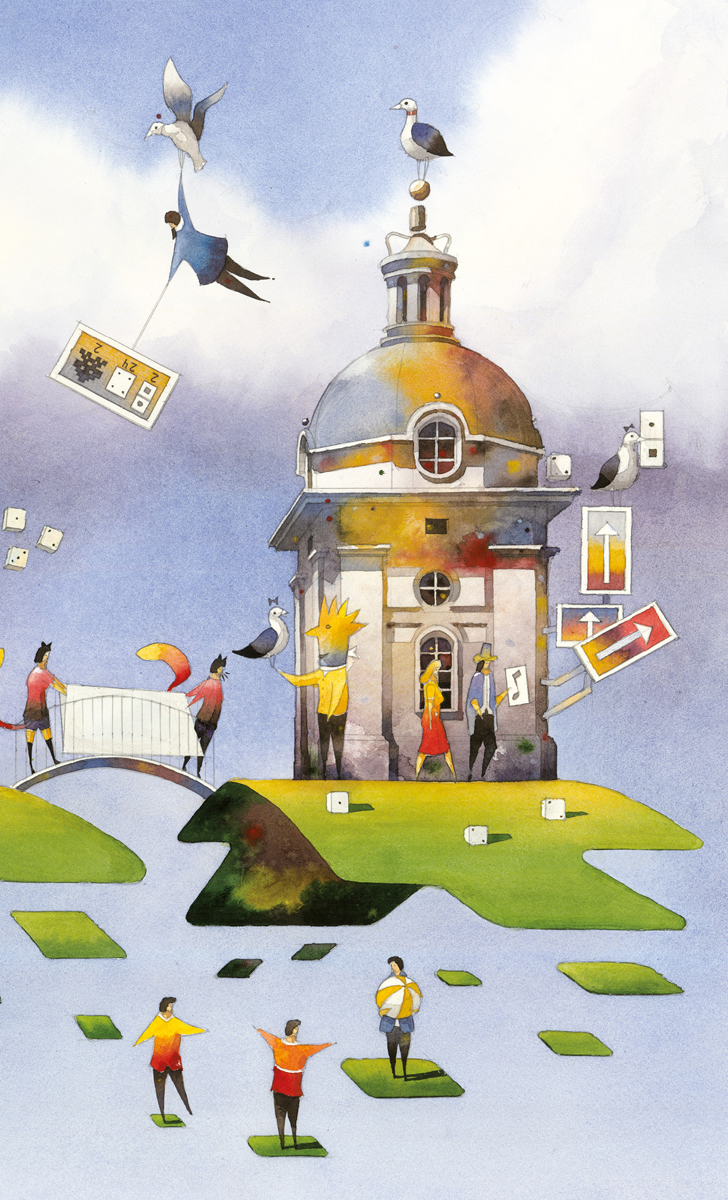
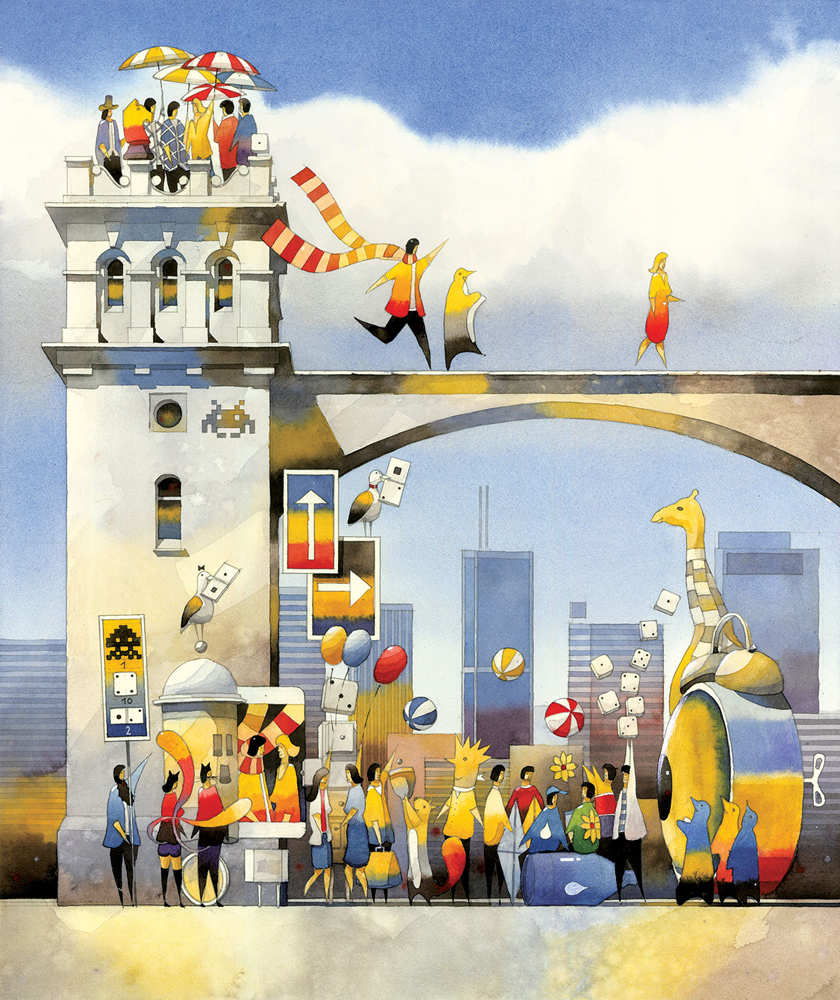
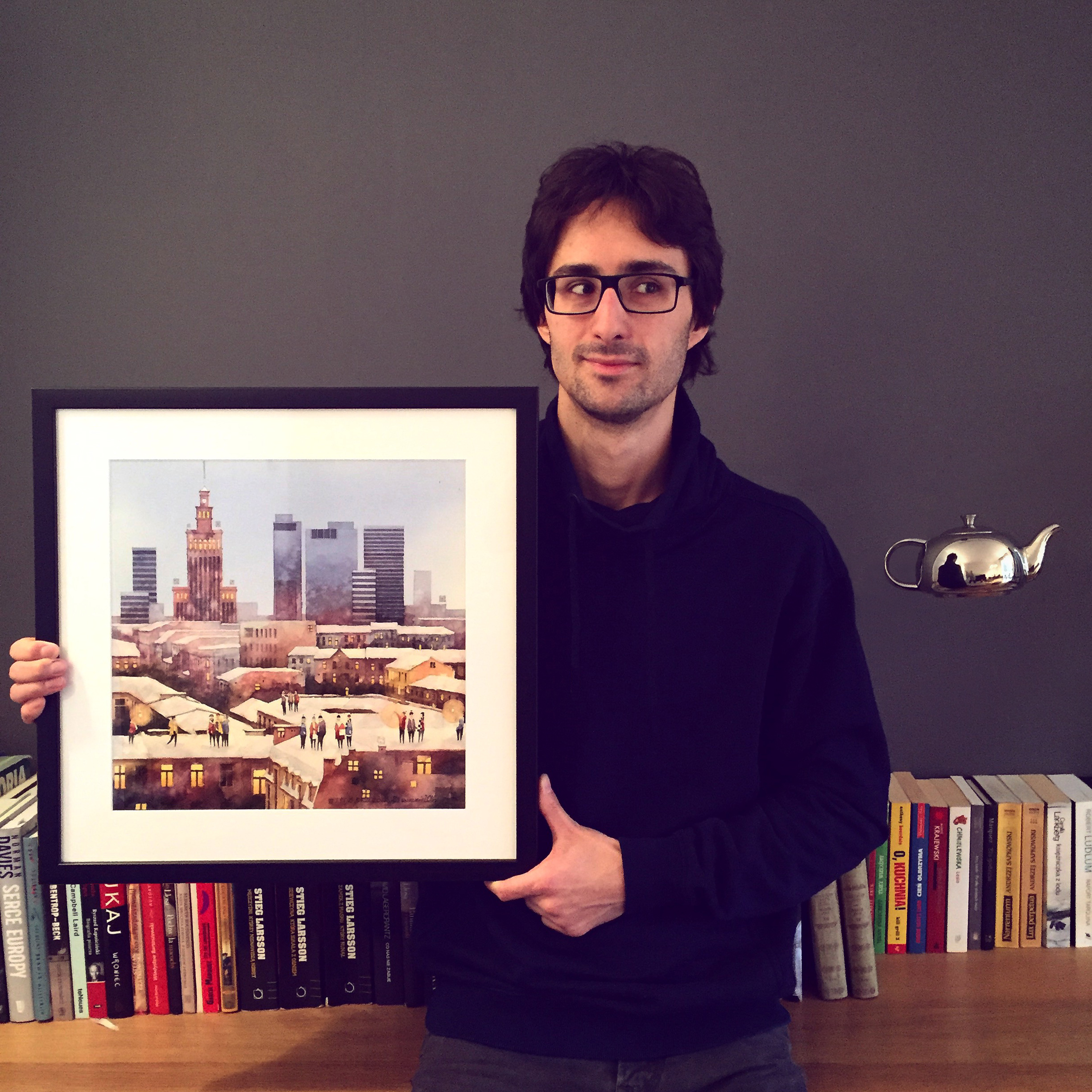 visit:
visit: 